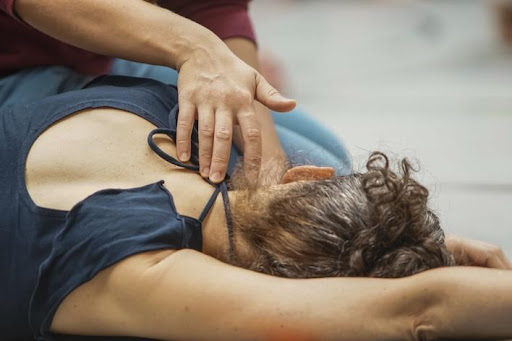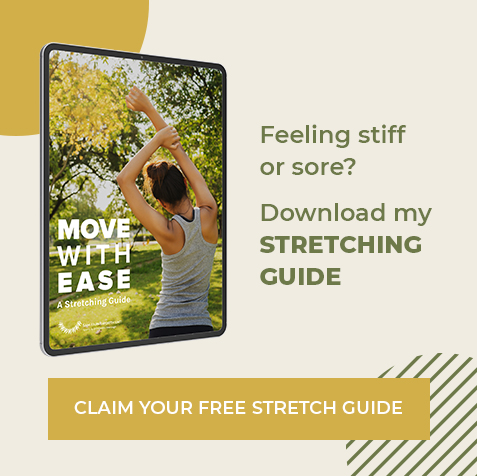What’s the chances we are talking football here? Not likely given this is a massage & bodywork blog. Yes, I am talking about receiving a massage. Or more to the point, being involved and engaged with your massage. If we are working together in a common direction, your session can be much more effective.

Many clients are engaged and this increases the benefit they receive from each session.
Engagement can take many forms. It includes breathing in a manner that promotes relaxation, providing verbal feedback and a willingness to change positions during treatment. Let’s call these first level steps.
First Level Steps and Benefits
The power of breathing cannot be underestimated. That is why breathing is such a significant part of yoga, meditation, Pilates and probably elements of every sport. Breathing can provide focus but it also is a powerful relaxant. Every exhalation triggers our parasympathetic nervous system – the “rest and digest” response.
Relaxation can soften the tone of muscles. I can also work with your breath, gradually releasing tension, particularly on exhalations. It is common for me to ask a client “breath towards the area that I am working on”… softening the muscle tone and deepen the work in the target area.
Verbal feedback helps me provide a more effective treatment by adjusting pressure and location. If you are experiencing a sensation in a different location from where we are working, that is great information as well. I will check in more frequently with a new client, or if I am working on a new area with an existing client.
Changing position and being to receive work on your side, or even sitting up changes the angles of work. These changes in position can allow for many more options to receive work while we work together to find out what is the most effective approach for your body. It’s my job to recommend positions that allow for the most effective treatment.
But there are more steps that can be taken to maximize your massage experience. Let’s examine the second level steps.
Second Level Steps and Benefits
Interoception is your sense of signals coming from inside your body. As applies to massage, this can be a sense of tightness/looseness, pain, tingling, or dullness. Cultivating the ability to sense and monitor how different parts of your body feel is a skill that takes practice. Paying attention to different areas of your body as massage & bodywork is performed cultivates this skill. A great example of this is reporting how work in one location can refer sensation to another. Interoception can also be enhanced by a prompt for feedback or a description of the affect the bodywork is having. Slowing a movement down or asking for the slightest possible movement are great cues to allow you to pay very specific attention to an area.

Movement can improve the massage experience in many ways. As mentioned above, getting off the table halfway through a treatment can provide valuable interoceptive feedback to you and to your therapist, confirming or redirecting the balance of your session. Small movements prompted by your therapist can add additional depth to a technique. Movements during a technique can also give clients a better sense of “how this can feel when I get off the table” and start move through my day.
And finally, spontaneous improvised movement can throw a session wide open. I have a client who actively explores with arms and legs while I am working on him. With no cue from me he will start exploring and working with me to increase the effect of a technique. This is where the opportunities for exploring new movement possibilities really open up.
Together we can work to cultivate these skills and improve your massage & bodywork sessions.

